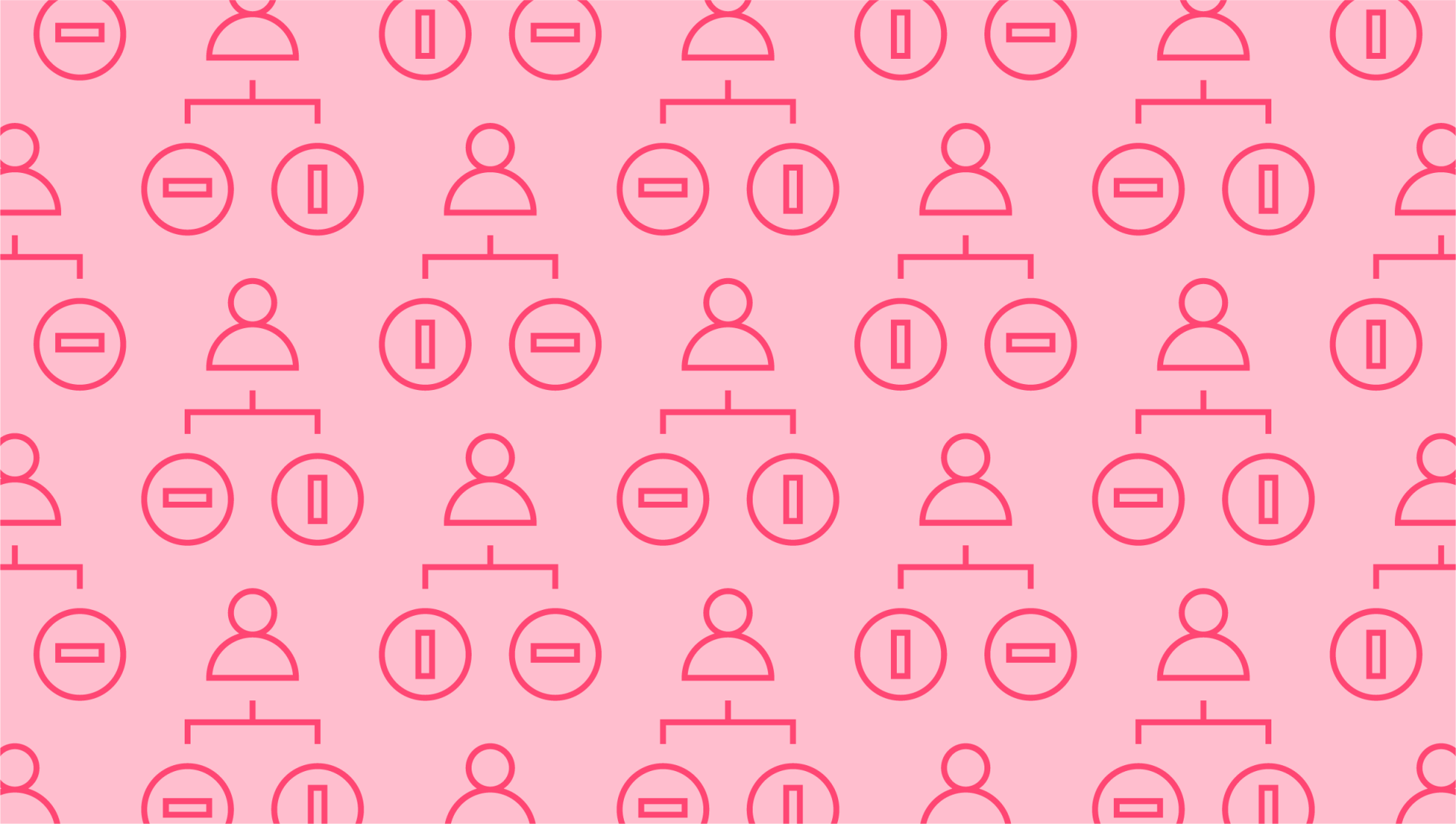Last editedMar 20213 min read
Whether you’re new to investing or looking for ways to manage your assets, you might have heard the term ‘financial derivatives’. Derivatives are a type of contract used in trading, but they’re not without risk. Here’s what you need to know.
Derivatives explained
Used in finance and investing, a derivative refers to a type of contract. Rather than trading a physical asset, a derivative merely derives its value from the underlying asset. In other words, it acts as a promise that you’ll purchase the asset at some point in the future. The specific date and price are set out in the derivative contract.
So, what types of assets are covered in a derivative contract?
Currencies like USD or GBP
Commodities like gold, silver, and oil
Interest rates
Stocks and bonds
Derivatives are often used to hedge positions, give leverage, or speculate on the asset’s movements. While they were originally intended to help balance exchange rates, you’ll now find them based on everything from weather data to the price of grapes.
In the case of currency exchange rates, imagine the following example:
A Spanish investor’s accounts are primarily held in euros (EUR), but he wants to purchase shares of a British company in GBP. With fluctuating currency prices, there’s a risk that the euro’s value will increase in comparison to the pound. This means that the stock will become less valuable when converted back from GBP to EUR. To help hedge the risk using derivatives, he could purchase a currency derivative locked in at a specific exchange rate.
Understanding financial derivatives and trading
As we’ve explored above, financial derivatives are used to mitigate risk, locking in certain prices to protect against fluctuations in currency rates, commodity prices or interest rates. Derivative trading can make future cash flow more predictable so that companies can better forecast their earnings, in turn boosting their stock prices.
In the finance world, most derivatives are bought and sold by investors and hedge funds. They rarely have the chance to come to term before they’re liquidated by another derivative contract. Here are a few ways that financial derivatives are traded:
Over-the-counter (OTC): When derivatives are traded between two individuals or companies that know each other, this is called an over-the-counter trade. The OTC trade is conducted through an intermediary, such as a bank.
Exchanges: Some derivatives are traded on public exchanges using standardised contract terms with specific premiums or discounts. By standardising the contracts, the derivatives become more liquid and useful in hedging.
Types of derivatives in finance
Just as there are many uses of derivatives, there are also several types of derivatives to choose from:
Futures
Futures contracts are used for commodities like oil. The purchase and delivery of the asset is specified at a specific price and future date. Futures derivatives are traded on an exchange, with standardised contracts.
Forwards
Another contract used in derivative trading is a forward. These agreements also set out a specific price and date of future sale, but are sold OTC rather than on an exchange. This makes them riskier than futures, should one party be unable to uphold its end of the bargain.
Swaps
Perhaps the most common type of derivative trading, swaps exchange one type of debt or asset for a comparable one. The aim is to mitigate risk for both parties. In most cases, swaps involve interest rates or currencies. For example, a trader might exchange a variable interest rate loan for a fixed interest rate.
Options
Finally, options are popular types of derivatives that are similar to futures contracts. However, the main difference is that buyers aren’t obliged to go through with the agreement to buy or sell. They can if they want, but it’s an opportunity rather than an obligation. When applied to the stock market, the opportunity to buy is called a ‘call option’ and the opportunity to sell is called a ‘put option’.
What are the pros and cons of derivatives?
There are advantages and risks associated with derivative trading. Derivatives can be used to manage risk and help a company achieve financial goals, whether it’s hedging against commodity price fluctuations or leveraging positions. You can lock in prices and diversify your portfolio as an investor.
On the other hand, there is also risk involved with derivative trading. Some types of derivatives are riskier than others, particularly those traded over the counter. Be sure to weigh these pros and cons carefully before making any purchase.
We can help
GoCardless helps you automate payment collection, cutting down on the amount of admin your team needs to deal with when chasing invoices. Find out how GoCardless can help you with ad hoc payments or recurring payments.

